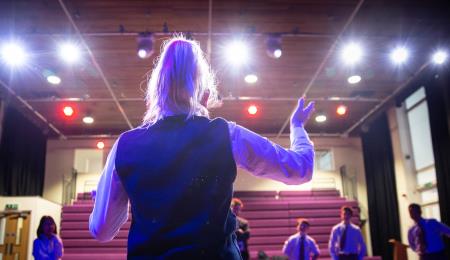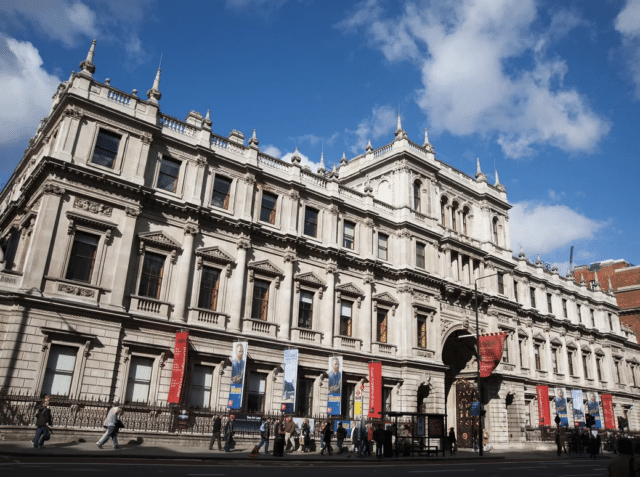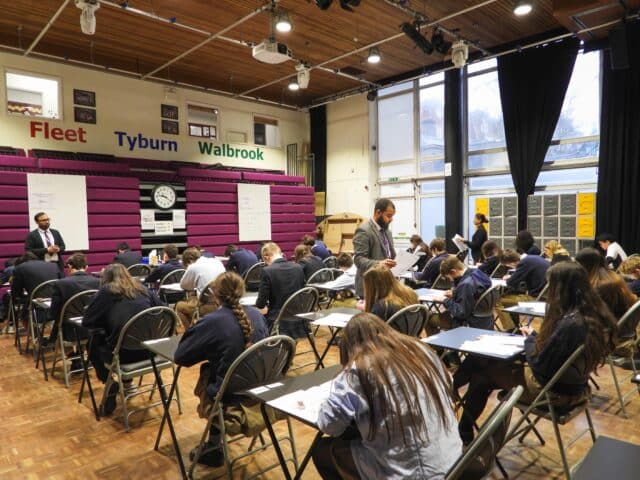Related articles
Written by Miss Piggot, Head of Creative Arts and Teacher of Drama and Theatre Studies
Jean Piaget, the eminent child psychologist, described a child’s cognitive development in four stages: Sensorimotor, Preoperational, Concrete Operational, and Formal Operational. At around the age of two, during the Preoperational, or second, stage, a child will start to develop their imagination. This involves the development of symbolic thinking: talking about and picturing things beyond their immediate existence. Interestingly, in the Piaget model, logic doesn’t occur until the third, or Concrete Operational stage, at around the age of six. I find that fascinating: that imagination is one of the first things we develop, and one of the last things we try to cultivate.
The definition of art is ‘the expression or application of human creative skill and imagination’, and it comes in many forms: sculpture, performance, paintings, and music, to name but a few, and runs through many different factions of society. Art has no class, race, or hierarchy. Its effects on human behaviour are various and wide-ranging, from stimulating thought to aiding relaxation. Art and imagination are intrinsically linked: one cannot exist without the other.
So, how can we nurture an artistic imagination? Firstly, imagination requires an opinion. We all have an opinion. Many times in my career, I have asked the question ‘What did you think?’, and received the answer, ‘I don’t know’. But I am interested in what a student thinks, not what they know. Providing an answer to this question requires a student to conceptualise. In a society that, at times, promotes black and white answers, however, the fear of ‘getting it wrong’ can cause students to struggle to give an opinion. Trusting themselves can be difficult. Even the best artists often struggle: they are perfectionists, but perfection is in itself a concept and, ultimately, subjective. So, why does this matter? Because the best way to foster and nurture artistic imagination is through confidence. Confidence is built with passion: a passion for exploring and, more importantly, trying new things, without the fear of failing.
Inspiration for art comes in many forms: reading a book, visiting a museum or art gallery, flicking through Instagram, taking a walk along the River Thames, or admiring the graffiti on a road bridge. If it ignites passion, it will stimulate the imagination and art can be born. London is a cultural capital. It is an artist’s dream, and every child, mother, father, son, daughter, lawyer, doctor, or shop worker can create art here. Passion will nurture it. Piaget said that imagination is one of the first cognitive abilities children develop. As educators, therefore, it is our responsibility to foster creativity from a variety of sources, helping to channel and shape a student’s ideas. Passion builds confidence and confidence ignites the imagination, building a healthy circle of creativity.
My top ten inspirational places to ignite artistic inspiration in London:
- Tate
- National Theatre
- The Southbank
- The Royal Albert Hall
- Hyde Park/ Kensington Gardens
- Take a River Taxi on the Thames.
- St Paul’s Cathedral
- Primrose Hill
- Kew Gardens
- London’s West End
- Covent Garden and The Royal Opera House
You can join a Drama club, run by Miss Piggot, at Kensington Park School on Wednesdays at 12noon, to nurture your artistic abilities! Email admissions@kps.co.uk to arrange a taster session.






